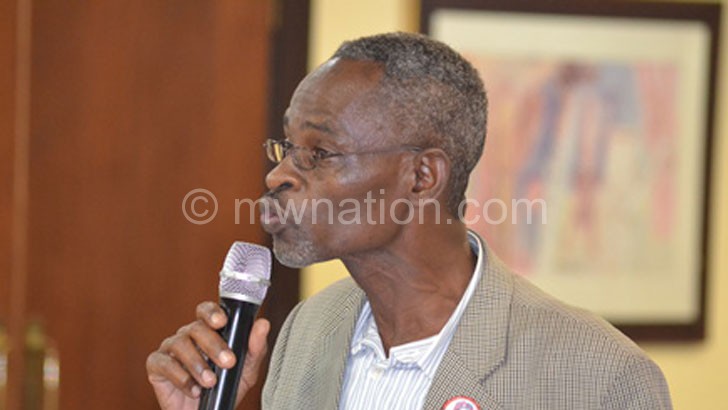For fragile economies like Malawi, any climatic shock erodes chances of recovery and growth—and Tropical Storm Ana which hit the country last week has just done that.
While the Department of Disaster Management Affairs (Dodma) is yet to value the cost of the damage, it says 845,685 people from 187,930 households in 17 districts have been affected.
Visualise this; at the deep end of Chikwawa District—one of the flood prone areas—whenever the Shire River swells, scores of families are rendered destitute.
One Samuel Mwitana, for instance, teacher at Dzumira Secondary School at Bereu in the district, recounts that after two days of non-stop rainfall, almost all their belongings including maize field were washed away.
“Cost of living has soured already,” he says “and currently the price of a packet of soya pieces has reached K250 from K150, a loaf of bread is now at K750 from around K550 and to charge a phone, since there is total blackout in the area, one has to cough K200 for a regular phone and K500 for a smartphone from an earlier charge of K100.”
The cyclone has seen homes shattered, roads swept away, energy generation machines and power lines crashing—things which will take billion of Kwacha to repair.
For instance, the Energy Generation Company of Malawi, which in 2019 coughed in excess of K5 billion to fix the Kapichira Power Station, says it would require more resources to restore the 130 megawatts which are off grid due to damage this year.
When he flew over the disaster area to assess the damage on Monday, President Lazarus Chakwera conceded that the country was in a crisis and needed external support to recover.
This comes at a time the country is still nursing bruises brought about by the Covid pandemic and other chronic wounds, the strong winds and heavy downpours posed a great risks to scores of households and the economy at large.
The country launched the K500 billion two-year Socio-Economic Recovery Plan late last year as a step towards healing the bleeding economy.
The plan is aimed at stimulating strategic parts of the economy to ensure that Malawi stays the course as regards the Malawi 2063 first 10- year implementation plan.
Professor of economics at the University of Malawi Ben Kalua yesterday said the economy would remain susceptible to such shocks unless a lasting remedy was found.
He said this, if unchecked, will continue to erode chances of growth.
“Human behaviour and economic activity are related and then government has limited powers to implement measures that would more effectively prevent economic loss,” Kalua said.
But the government says lasting remedies are being deployed to avert the scenarios.
Minister of Finance and Economic Development Sosten Gwengwe said, apart from what is embedded in the Mw2063, there is a team working on long-term measures to mitigate the impact of natural disasters on the economy.
“We can mitigate climate change impacts but not stop them. In rebuilding, we are thinking of long-term mitigating factors; so, there is a team looking beyond the short term because we cannot be doing this every two or three years,” Gwengwe said.
According to the UNDP, in 2019, Cyclone Idai left devastating challenges in the country after heavy rains and flooding linked to cyclone Idai killed 60 people, displaced nearly 87,000 people and affected around 870,000 persons in Malawi.
In that year, the government indicated that it needed over K300 billion to repair things.
Let us know what you think of this article and remember to add us on our facebook and follow us on our twitter. Come back daily for more Malawi business news.
Quick Links: Download Business eBooks | Ten Signs You Are An Entrepreneur | What is a Managing Director?
The post Disaster threatens economic recovery – The Times Group Malawi appeared first on Business Malawi.
 Moni Malawi
Moni Malawi 
